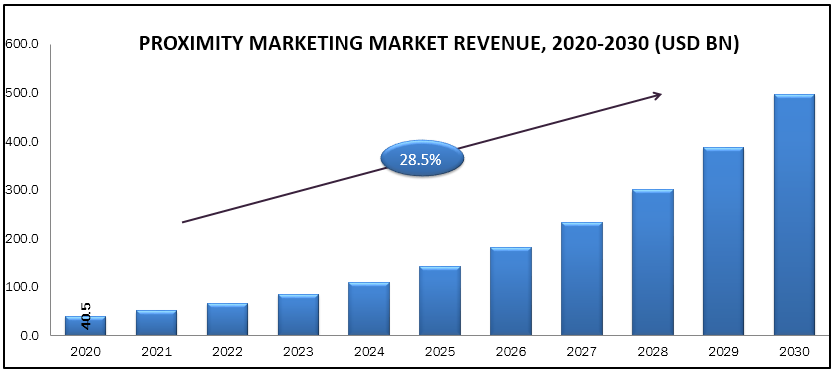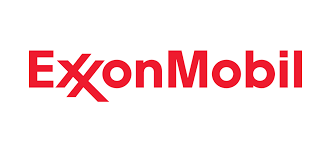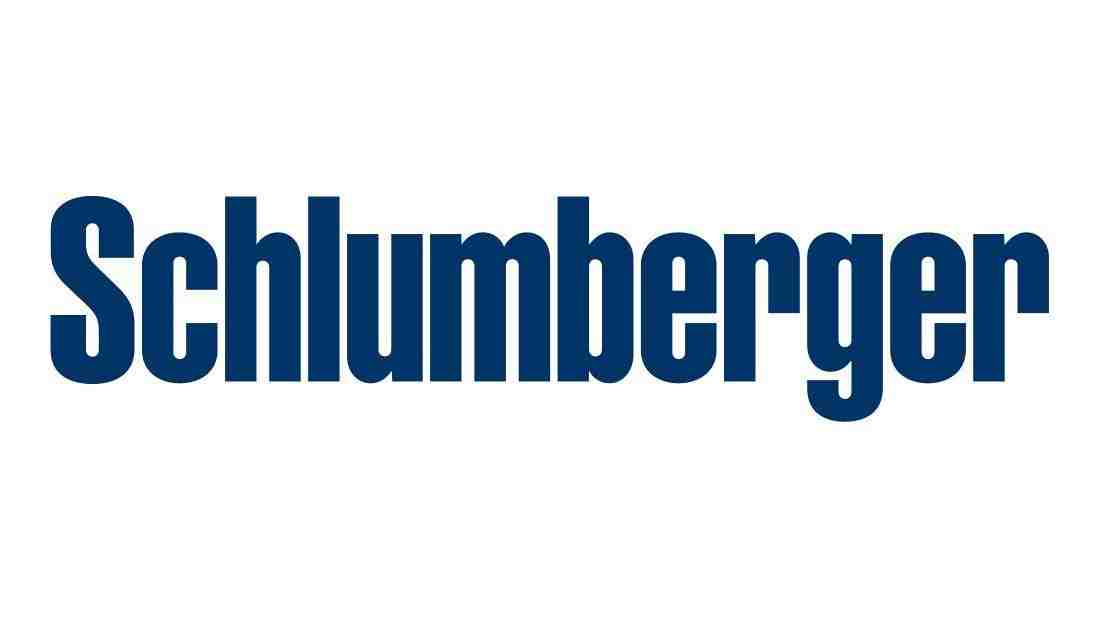Proximity Marketing Market size accounted 40.46 billion in 2020 is estimated to reach 386.54 billion by 2029 growing with a CAGR of 28.50% during the forecast period.Proximity marketing is the wireless transmission (smart phones or via localised broadcast) of advertising content associated with a particular place which is received by individuals for shopping. Services such as geo targeting and push notifications through mobile application play a vital role in proximity marketing. It is effectively used across all sectors including airports, events, hotels, real estate and many others. As per research, Dunkin Donuts delivered discount coupons to people near Starbucks in 2014. Gaining substantially higher coupon redemption rates. Recently, Burger King is rapidly emerging as a great example by using their proximity promotion that is designed to retain customers that and promote a new features in their app. Geo targeting is easy with proximity marketing. A push notification is sent to a person’s smart phone when he or she enters that proximity area. Geo fence technology provides more detailed location data than GPS or WIFI tracking. Proximity marketing campaign facilitates app engagement. People can easily connect with a brand. Moreover, retailers can prompt target audience, with enticing offers through discount push notifications.
Market Segmentation:
On the basis of component, the proximity marketing market is classified into hardware, software, and service. On the basis of technology, the market is segmented into Wi-Fi, near field communication, GPS, geo fencing, and geo targeting. And by region, the proximity marketing market is characterized into North America, Europe, Asia Pacific, and RoW.
Market Dynamics and Factors:
Widespread adoption mobile devices to access digital content, emerging business intelligence, and availability of spatial data and analytical tools are some of the major driving factors of the global proximity marketing market. Enterprises are funding bluetooth and Wi-Fi technology to send a variety of messages to consumers who are located nearby and looking to shop. Proximity marketing market is also expected to generate large revenues through services such as deployment, consulting, and application support. These services can further be extended healthcare, media and entertainment, transportation & logistics, and retail & e-commerce sector. Major restraining factors are security and privacy concerns associated with the services being online, along with the complexities in deploying the technology successfully. Apart from this, lack of awareness among the end users might hamper the overall market growth. However, technological advancements such as IoT (Internet of Things) and cloud-based technologies are anticipated to bring immense growth opportunities for the market in the years to come. Furthermore, beacons and geo fencing technologies provide marketers accurate data, and are easy to set-up, which will positively impact the market growth.
Geographic Analysis:
North America is predicted to dominate the proximity marketing market throughout the forecast period. This is attributed to the presence of major technology providers in the region with high edge technology in the advertisement sector. In addition to this, the widespread use of cellular technology coupled with the introduction of high-speed networks such as 4G is expected to bolster the proximity marketing market growth. The European market accounts for the second largest market share, globally. This is due to the presence of notable players that provide a competitive advantage to the regional market along with the introduction of new applications by middle and large enterprises. Asia pacific is expected to witness incredible growth characterized primarily by the presence of a large consumer base, and strategic initiates such as acquisition, collaboration, expansion, and technology launches.
Competitive Scenario:
Key players operating in the proximity marketing industry include Google Inc., Microsoft Corporation, Apple Inc., Zebra Technologies Corporation, Bluvision Inc., Estimote Inc., Proxama PLC, Qualcomm Inc., and ROXIMITY, and inMarket Media LLC.
Proximity Marketing Market Report Scope
| Report Attribute | Details |
| Analysis Period | 2020–2030 |
| Base Year | 2021 |
| Forecast Period | 2022–2030 |
| Market Size Estimation | Billion (USD) |
| Growth Rate (CAGR%) | 28.5 % |
|
| By Component (Hardware, Software, and Service), By Technology (Wi-Fi, Near Field Communication, GPS Geofencing, and Geotargeting) |
| Geographical Segmentation | North America (U.S., Canada, Mexico) Europe (UK, Germany, Italy, France, Rest of Europe), Asia-Pacific (China, Japan, India, Australia, Rest of APAC), South America (Brazil, Argentina, Rest of SA), MEA (UAE, Saudi Arabia, South Africa) |
| Key Companies Profiled | Google Inc., Microsoft Corporation, Apple Inc., Zebra Technologies Corporation, Bluvision Inc., Estimote Inc., Proxama PLC, Qualcomm Inc., and ROXIMITY, and inMarket Media LLC. |







